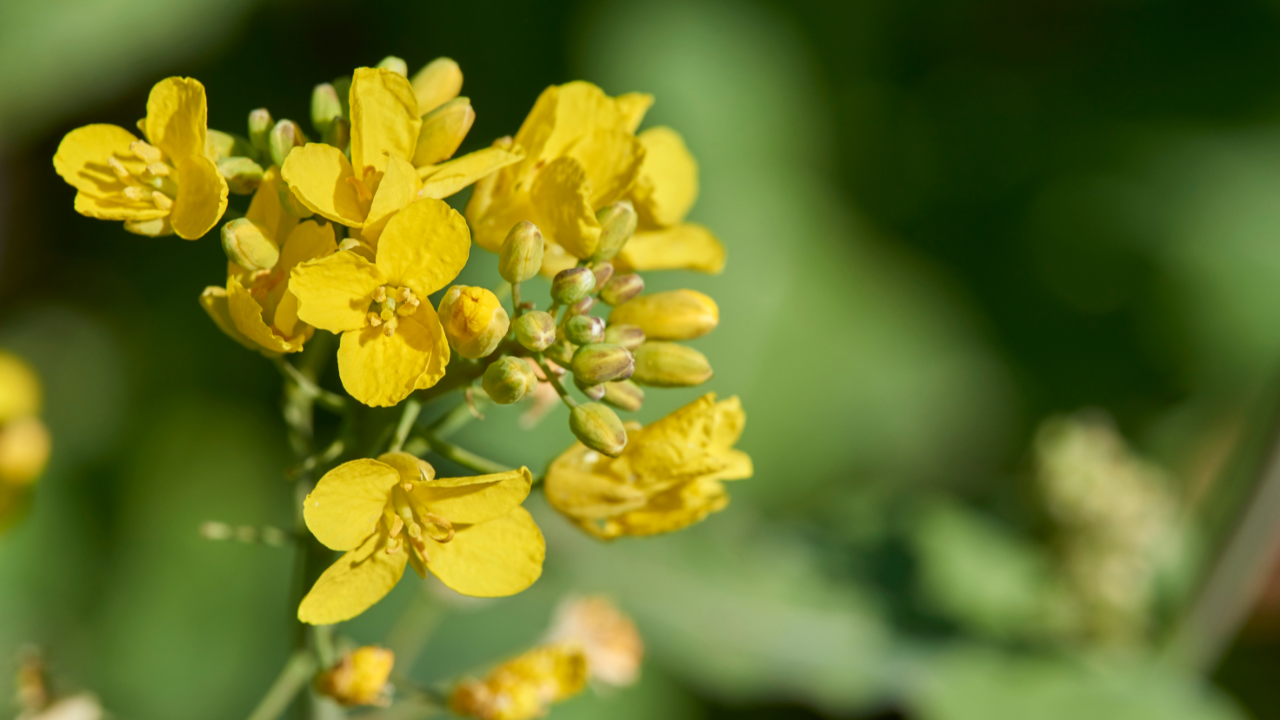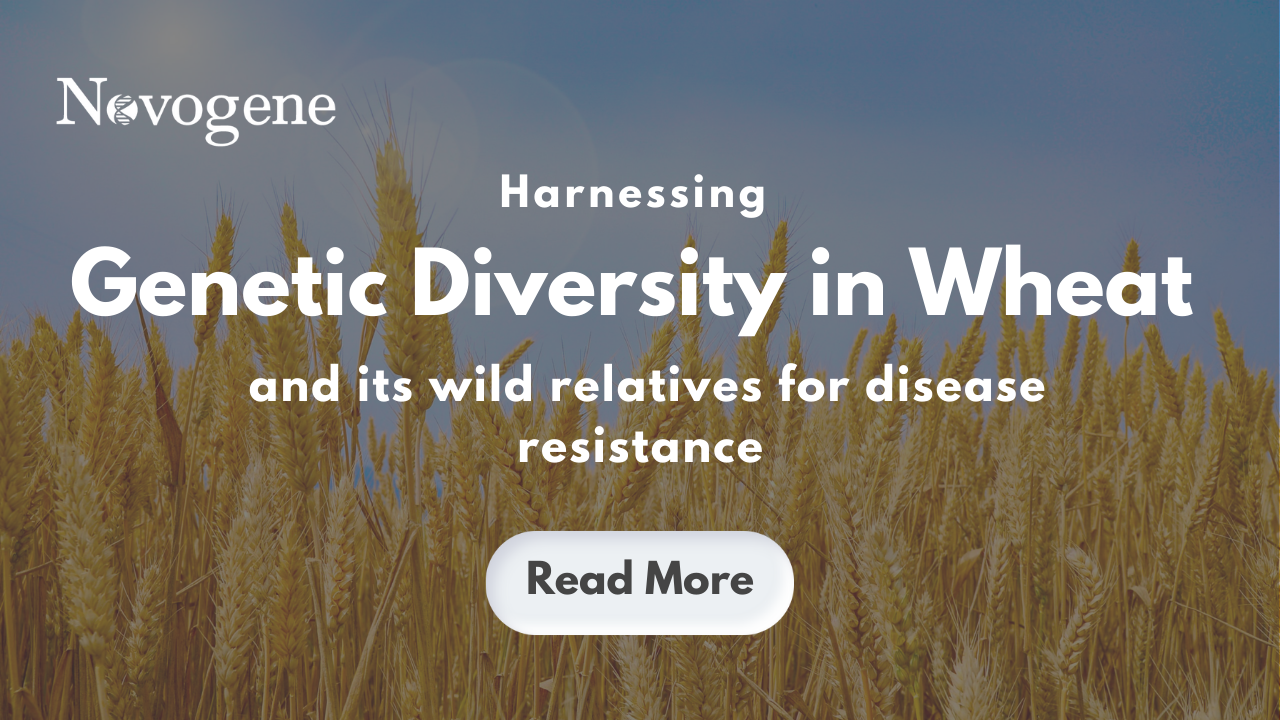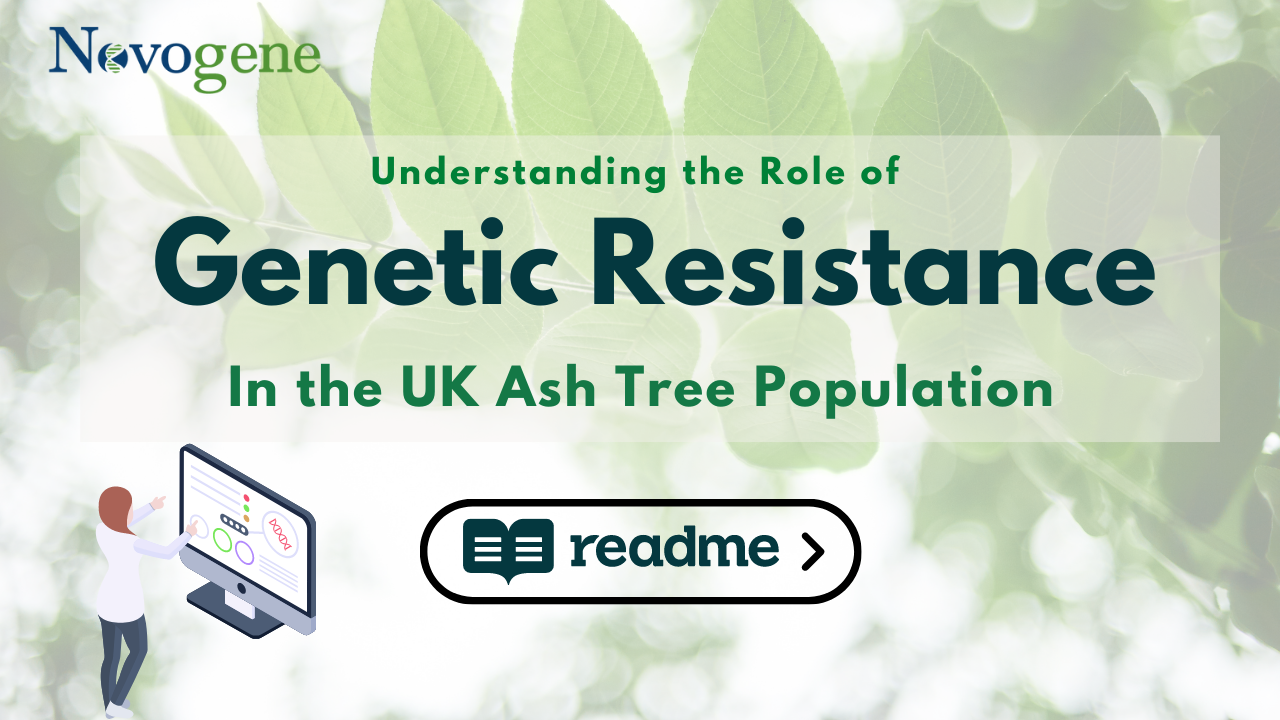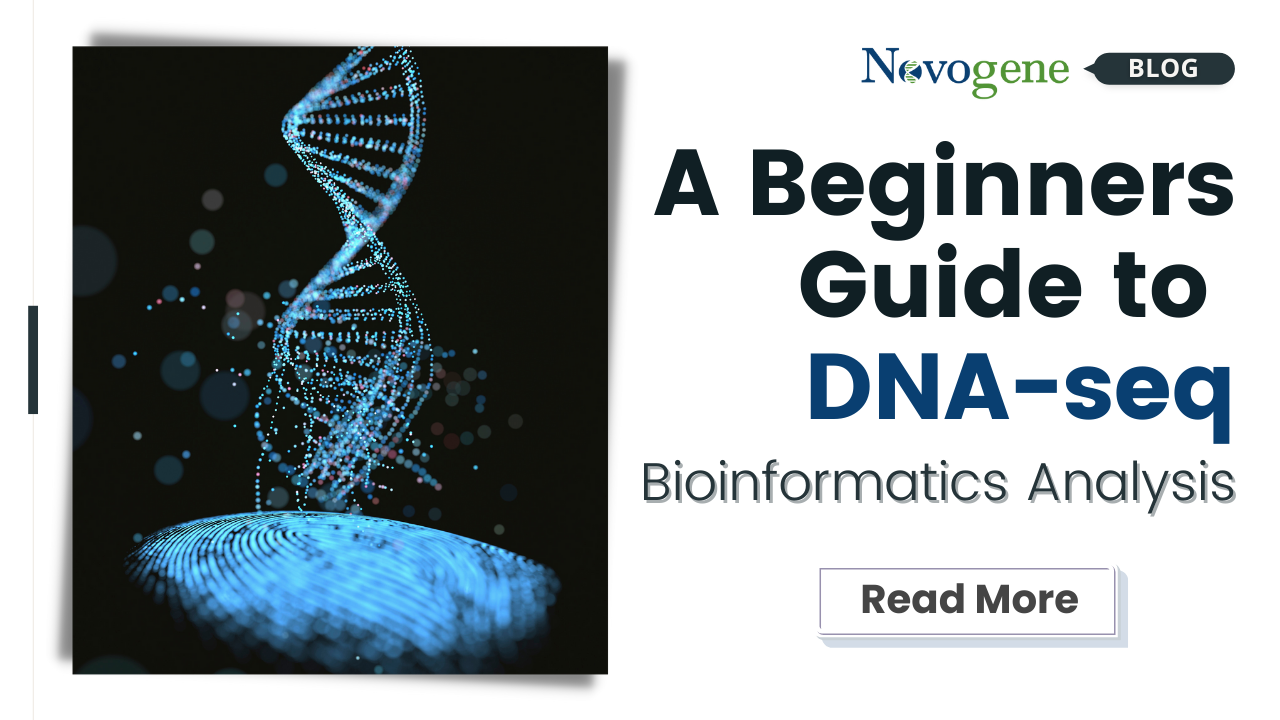
Rapeseed (Brassica napus L.), also known as rape, or oilseed rape is a yellow flowering member of the mustard or cabbage family (Brassicaceae) that is cultivated around the world for its oil-rich seed. Rapeseed was the third-leading source of vegetable oil in the world after soybean and palm oil, and it is the world’s second-leading source of protein meal after soybean. Rapeseed oil can be processed to produce salad oil, shortening, and margarine. In addition to food, rape can also be used as a raw material in several industries and is used to produce soap, paper, and organic fertilizer.
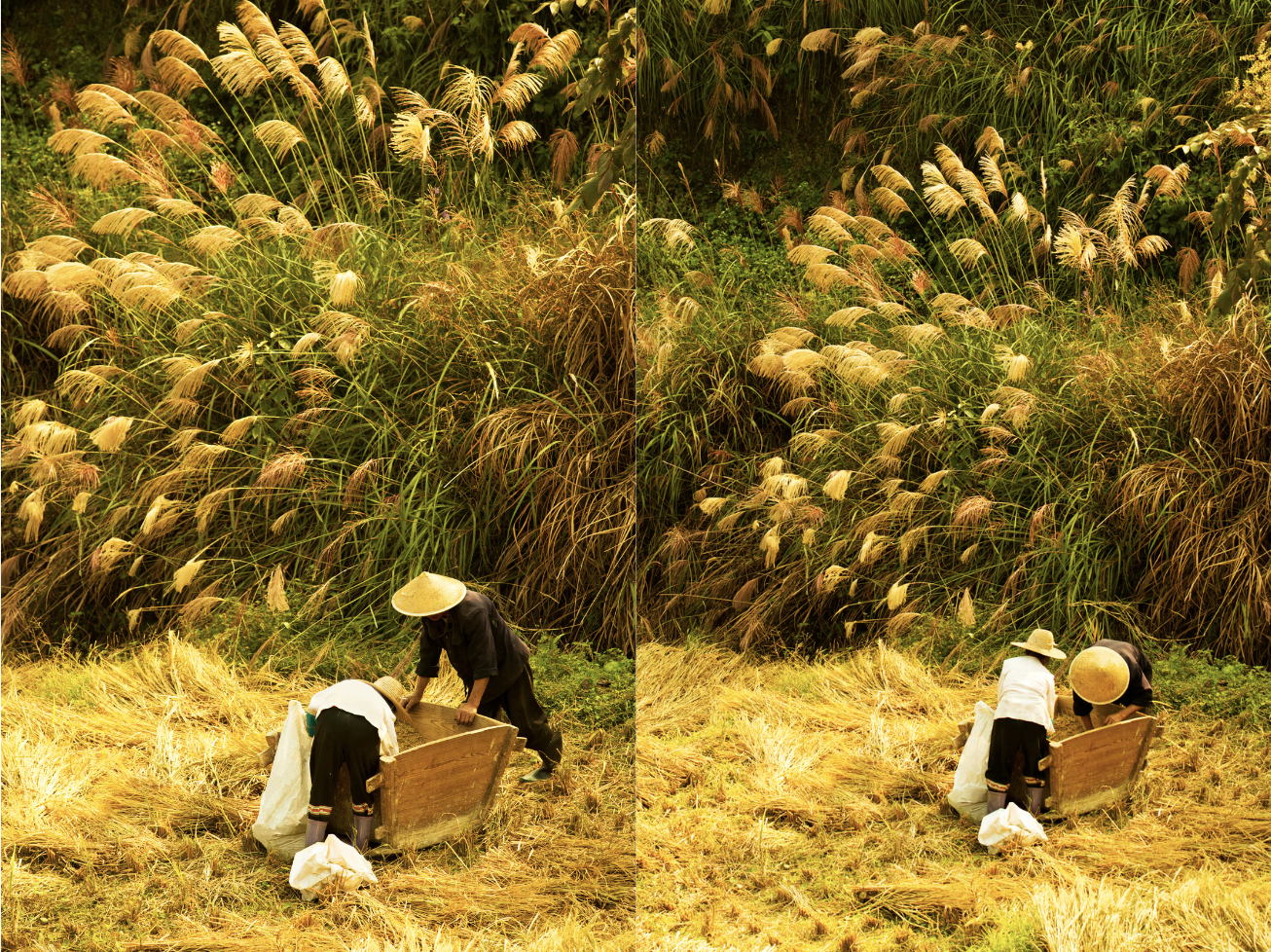
As one of the world's major producers, China has a thousand-long history of rapeseed cultivation and accounts for more than 50% of the domestic vegetable oil produced every year. As a result, scientists in China have continued to explore ways to increase both the yield and quality of the crop produced. This has resulted in the emergence of molecular breeding, which has created a shift from more traditional breeding techniques that rely on experience to focusing on targeted and efficient breeding. This has increased breeding efficiency, improving both the quality and yield of the crop.
Case Study: Genomic selection and genetic architecture of agronomic traits during modern rapeseed breeding

A recent study by a team from the Chinese Academy of Agricultural Sciences aimed to understand more about how molecular breeding had improved crop production. To do this they carried out a comprehensive analysis of the genome of 418 diverse rapeseed accessions which included 410 accessions from a core collection as well as vegetable-use accessions and a synthetic rapeseed specimen1.
The researchers used the information gleaned from the whole-genome re-sequencing of these accessions to carry out genome variations, genome-wide selections, and genome-wide association studies. They aimed to identify which genes were responsible for 56 agronomic traits that were modified during the rapeseed improvement process., including those associated with morphological characteristics, stress and disease resistance, growth period, yield components, and seed quality.
Methods
The team sampled rapeseed from a collection of approximately 8,000 oilseed accessions that were housed at the National Mid-term Gene Bank of Oil Crops Research Institute at the Chinese Academy of Agriculture Sciences. The researchers identified 488 core collections of rapeseeds which were chosen to represent the global range of geographic distribution and phenotypic diversity. The accessions were grown in the laboratory for several generations, using self-pollination techniques. The 410 rapeseed accessions used were divided into three ecotypes: spring, semi-winter, and winter type accessions.
Following this, the team collected young leaves from each rapeseed accession, and genomic DNA was extracted. Following this, sequencing was carried out by Novogene using the Illumina HiSeq 4000 platform, generating 150bp paired-end reads. In addition, 135 of the 418 rapeseed accessions were selected for resequencing with high coverage on the Illumina HiSeq X Ten platform. Sequencing yielded 5.6 Tb of data. To avoid artificial bias, the data was cleaned by removing adaptors and low-quality reads before the paired-end reads were mapped to the Brassica napus reference genome ‘Darmor-bzh’ using BWA software. After alignment, the researchers performed SNP and InDel calling on a population scale using GATK and only the high-quality SNPs were retained for subsequent analysis.
The research team carried out a variety of subsequent analyses to identify which possible genes and associated loci are responsible for specific agronomic traits. This included population genetic and LD analysis, introgression analysis, identification of selective sweep signals, GWAS, phylogenetic analysis, Hi-C experiments, expression analysis, gene cloning, and plant transformation.
Results
The results from this study revealed that there was a wide range of genomic variation between the rapeseed accessions as a result of artificial selection or adaptation during breeding which had contributed to the diversity amongst accessions. The researchers identified 7531945 SNPs and 469176 InDels. Phylogenetic relationships were established using the SNPs, which showed that the vegetable-use rapeseeds had differentiated from the oil-use accessions.
Further, the researchers used this information to classify the 410 oil-use rapeseed accessions into four sub-clades. The classifications of these accessions did not completely respond to the ecotypes of the accessions that had been observed, demonstrating the occurrence of widespread gene introgressive hybridization between the three ecotypes.
In addition, the researchers provided a comprehensive analysis of 56 agronomic traits across different environments to help them identify which causal loci were controlling important traits. As a result, they identified more than 600 associated loci-related causative candidate genes for the 56 traits.
Conclusions
This study provides an important contribution to the research on rapeseed, providing a valuable genomic resource for future breeding programs. Rapeseed and other crop plants provide important value to human life as a food resource, as well as being of economic value, providing valuable income to people around the world. Studies, such as this one, demonstrate the value of sequencing as a technique to understand the genetic basis of agronomic traits and provide information that can help us to improve future crop breeding programs. This is of particular importance as we need to feed a rapidly growing population while navigating the problems associated with global climate change, which include significant crop losses due to severe heat and drought 2.
References
1. Hu, J., Chen, B., Zhao, J., Zhang, F., Xie, T., Xu, K., ... & Wu, X. (2022). Genomic selection and genetic architecture of agronomic traits during modern rapeseed breeding. Nature Genetics, 1-11.
2. Voss-Fels, K. P., Stahl, A., & Hickey, L. T. (2019). Q&A: Modern crop breeding for future food security. BMC biology, 17(1), 1-7.
Novogene has a track record of performance and reliability and the more advanced NGS capacity in the world. We’ve proudly served over 5,900 customers globally, collaborating with scientists in 70 countries and regions. We offer a range of NGS-based services for human, plant, animal, and microbial DNA and RNA analysis at highly competitive prices.
About Us ● Contact ● Privacy Policy
 Novogene AMEA
Novogene AMEA
 Novogene America
Novogene America
 Novogene Europe
Novogene Europe
© 2011-2022 Novogene Co., Ltd. All Rights Reserved

